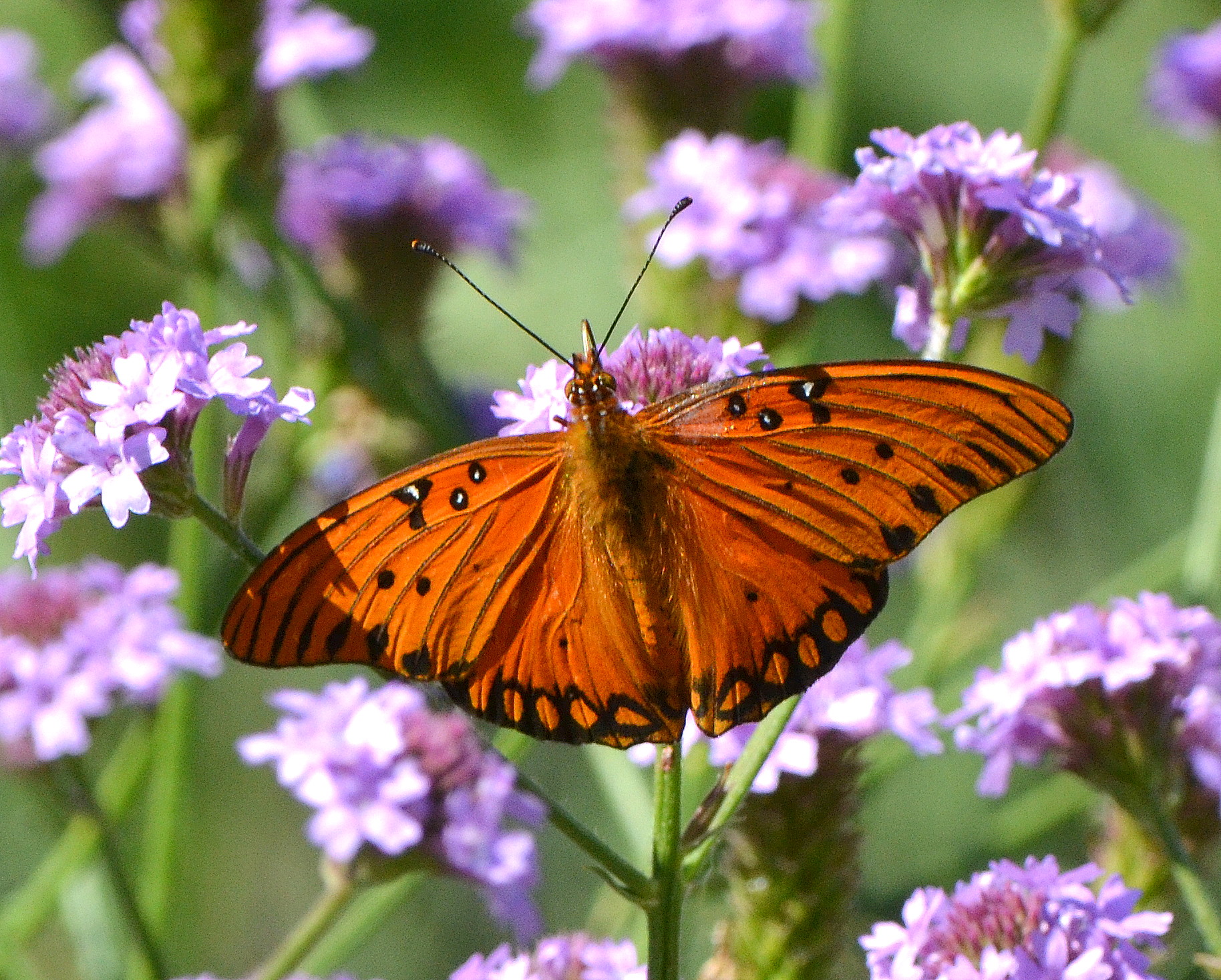WHY CAN’T AMERICANS JUST GO ALONG WITH QUARANTINES LIKE THOSE ORDERLY CHINESE? Shanghai airport is plunged into chaos after a ‘worker tested positive for Covid-19 prompting Hazmat-clad staff to herd THOUSANDS of people into basement for testing before they make bid for freedom.’
Moss and Fog: “Houseplants maybe don’t get the love they deserve. From filtering our air to lowering our blood pressure, there are a host of reasons why houseplants are a great part of a beautiful home. But maybe you think they just sit still all day? Not so, it seems. Thanks to some handy time-lapse video, we see that houseplants are actually quite active, stretching, bending, twirling and moving throughout the day. And while they may not move fast enough for us to see with the naked eye, it’s nice to know they’re getting their daily movement in as well. Check out the active plants below…”
Google launches new tool to help cities stay cool - The Verge: “Google unveiled a tool today that could help cities keep their residents cool by mapping out where trees are needed most. Cities tend to be warmer than surrounding areas because buildings and asphalt trap heat. An easy way to cool metropolitan areas down is to plant more trees in neighborhoods where they’re sparse. The hope is that planting new trees in these areas could help cities adapt to a warming world
Google’s new Tree Canopy Lab uses aerial imagery and Google’s AI to figure out where every tree is in a city. Tree Canopy Lab puts that information on an interactive map along with additional data on which neighborhoods are more densely populated and are more vulnerable to high temperatures. The hope is that planting new trees in these areas could help cities adapt to a warming world and save lives during heat waves. Google piloted Tree Canopy Lab in Los Angeles. Data on hundreds more cities is on the way, the company says. City planners interested in using the tool in the future can reach out to Google through a form it posted along with today’s announcement.

“We’ll be able to really home in on where the best strategic investment will be in terms of addressing that urban heat,” says Rachel Malarich, Los Angeles’ first city forest officer…” Smithsonian Magazine – Green spaces planted with fruits, veggies and herbs are sprouting across the globe, and the bounty is meant to share – “Imagine strolling through an urban public park, admiring the trees and flowers. Your stomach starts to rumble. You reach up and pluck a few greengage plums from the tree overhead, and munch them as you continue walking. Later, perhaps, you stop to help a group of volunteers dig up potatoes from the park’s root vegetable garden, to be placed in crates and cycled to the nearby food pantry. Is this the park of the future? A growing movement of gardeners, food activists, landscape designers, urban planners and others is encouraging us to think “edible” when it comes to public green space. Flowers are pretty, they say, but if those blossoms become apples or zucchini, isn’t that even better? “Public food landscapes can transform public spaces from being passive scenes to view or experience at a relatively superficial level,” says Joshua Zeunert, a landscape designer and professor at the University of New South Wales in Sydney who studies edible public spaces. By “public food landscape,” Zeunert means food-producing land fully accessible to the public that is intended to be used for public benefit. This could include community vegetable gardens, public parks with “edible forests” of fruit and nut trees, public university campuses with agriculture projects that benefit the community and neighborhood centers with food-producing green roofs…”
